To be honest, we had not heard of Orchha until we were well into planning this trip to India. It is a fairly small town, but there is plenty to see here. In terms of pure logistics it might have been sensible to stay overnight in Orchha, or nearby Jhansi, on our way south. However, since it lies only around 125km from Gwalior (where we were staying), we organised a car and driver and did it as a day-trip.
One of Orchha's key sights is the huge Raja Mahal, dating from the 16th century. It is situated within a fort complex facing the town from the other side of the river Betwa. The photo at the top of the article as well as the two below show the palace from different perspectives. The contrast between the plain exterior walls and the quite elaborate interior layout is striking.
Some of the rooms within the palace contain well-preserved paintings, depicting religious themes as well as hunting and court scenes.
Within the same fort complex, and immediately behind the Raja Mahal, lies the equally impressive Jahangir Mahal, depicted below.
It was built by the Bundela Maharaja Bir Singh Deo and completed in 1605. According to various sources, its original purpose was to provide an appropriately palatial abode for Mughal emperor Jahangir when he visited Orchha – allegedly for one night only! (The historical background is that the Mughals had conquered Orchha earlier and the Maharaja supposedly wanted to provide a clear demonstration of his allegiance to the new rulers.)
The next two shots show parts of the palace's interior structures. The remaining traces of blue tiles on some of the towers give some idea of how colourful the decor might once have been.
The views from the top storey are impressive. Note the flame trees which were just bursting into flower at the time (around the middle of March).
As you leave the fort complex by road you get a good side view of the palace.
In the centre of the town lies the huge Chaturbhuj Mandir, a Hindu temple. However, whilst its unusual shape is quite attractive, its interior is not very impressive at all.
The Laxmi temple at the edge of the town – just visible in the background on the far right of the photo above – is far more interesting. It contains a large number of wall/ceiling paintings. Restoration work was going on when we visited, but the bulk of the interior work appears to have been completed, as the next two shots illustrate.
On the other side of the town, by the banks of the river, lie Orchha's 'Chhatris' – cenotaphs commemorating various rulers. They date back to the 17th and 18th century. You get a good view of them from the opposite bank of the river, but the best light for a photo is probably during the early morning – and we were there in the late afternoon.
The next two photos were taken from within the complex.
The well-kept gardens around the cenotaphs make for a very tranquil atmosphere. Surprisingly, since the site is one of Orchha's prime attractions, there were absolutely no other visitors around. Apart from a couple of gardeners, the only signs of life here were the large (Indian) vultures which clearly have made the domes their home. The species is on the IUCN critically endangered list and Orchha apparently is one of the few places were you will still find them without having to look very hard.
As we had the car, we were able to combine Orchha with a visit to Datia, around 45 minutes' drive away and home to another huge palace. The fact that it is called the Bir Singh Deo palace tells you that it was built by the same man who was responsible for the construction of the Jahangir palace. According to the plaque by the entrance, this one was completed in 1620 and the caretaker/guide told us that it had taken 9 years to construct. There are suggestions that it, too, was built as accommodation for the emperor, or at least to honour him, but there appear to be several conflicting accounts concerning Bir Singh Deo's later years and it is difficult to separate fact from fiction. What is without doubt is that the palace is a fine example of Indian architecture. Neither wood nor iron were used in building it.
Because of its height and position it proved difficult to get good shots of the exterior of the palace. However, the two photos below will give you a good impression of the interior structures.
We were fascinated by the elaborate design of the palace and the beautiful archways we encountered around every corner. Some of the decor on the ceilings has survived the centuries almost intact.
Datia does not get many visitors and certainly receives very few foreign ones. Perhaps understandably, therefore, the caretaker/guide seeks to extract a substantial fee – by local standards – from the few people who make it here. He did not (fully) succeed on this occasion, but it is probably a good idea to negotiate a price before accepting his services. The same advice, of course, applies elsewhere, too.
To be continued with Pt.3: Bhopal, Sanchi, and Bhimbetka

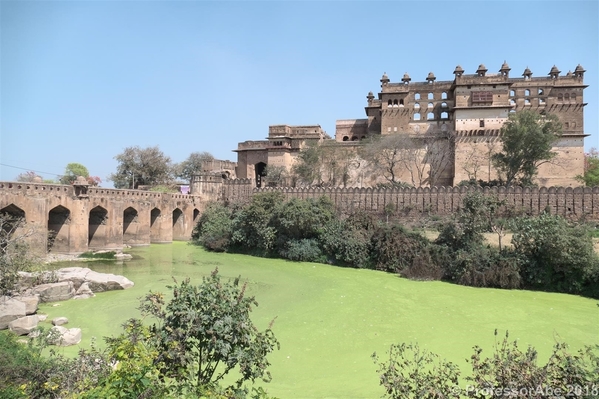
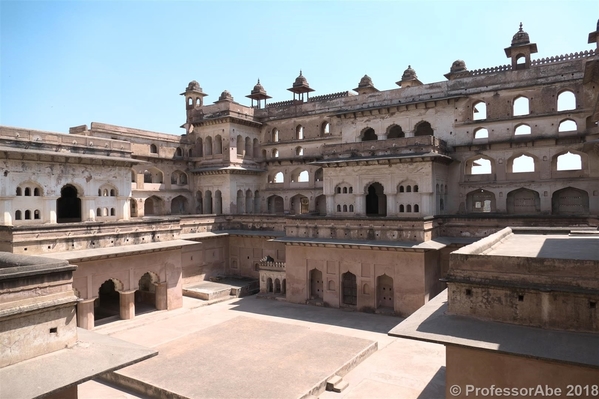
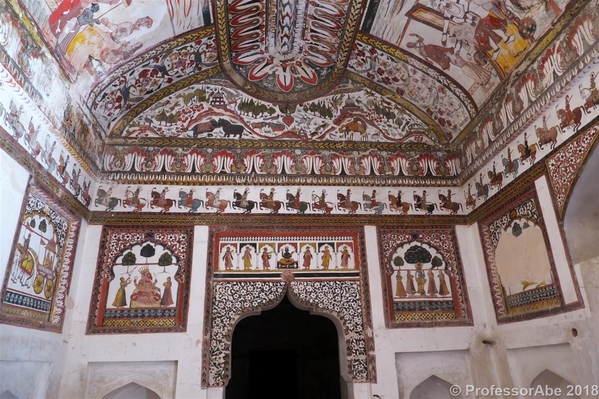
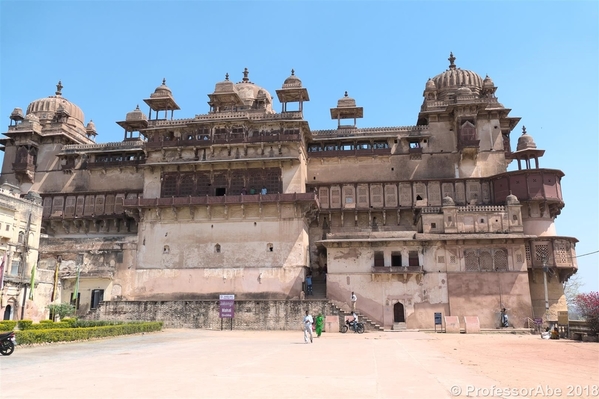
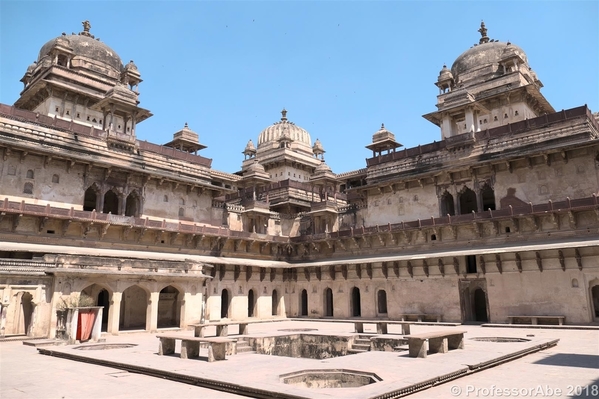
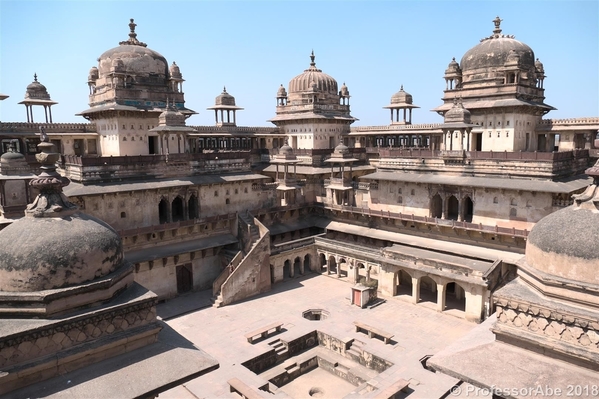
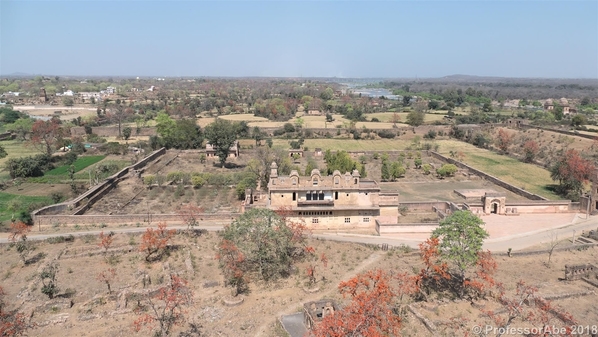
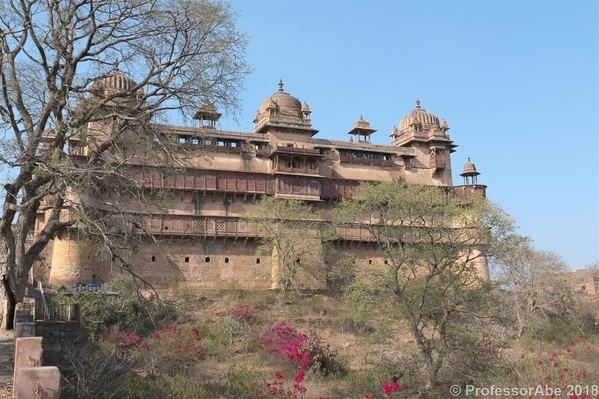
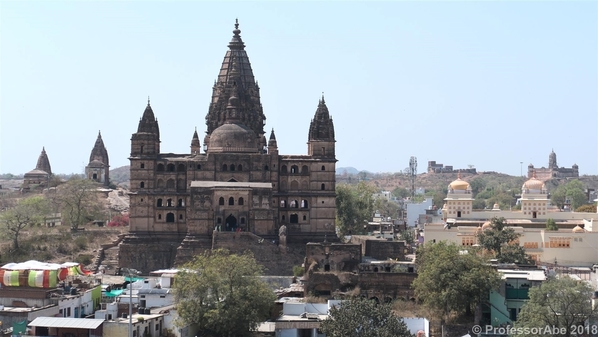
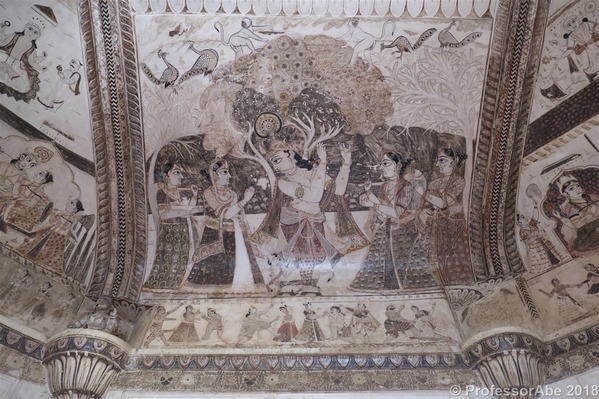
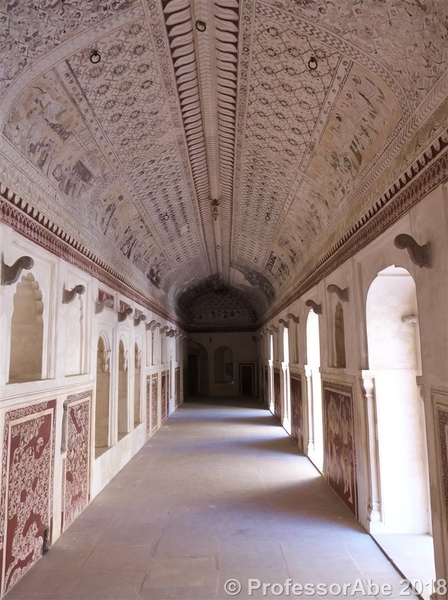
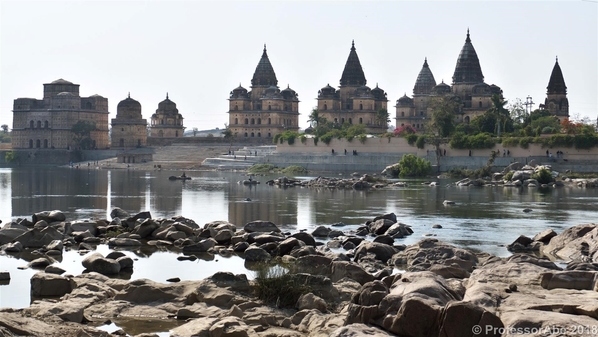
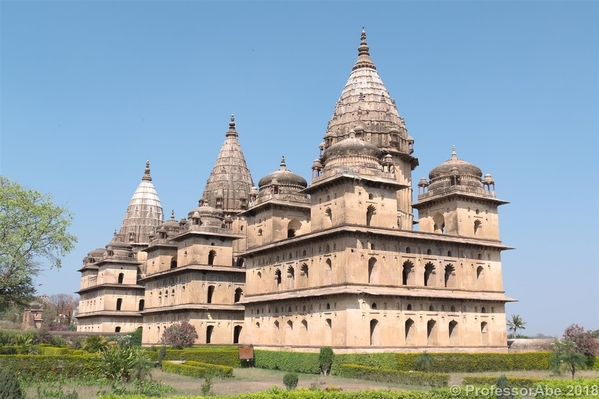
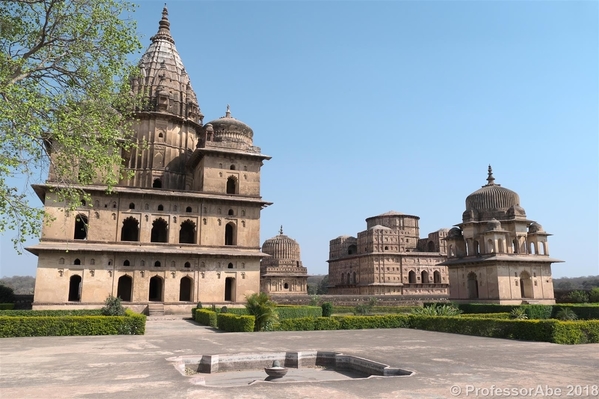
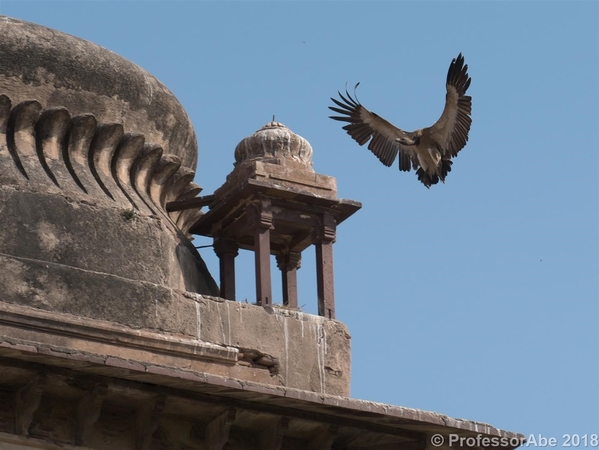
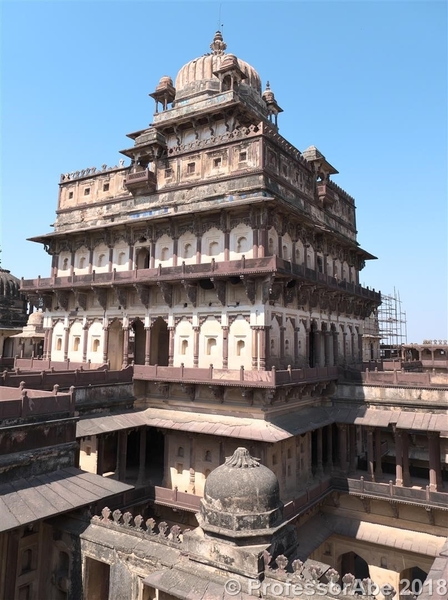
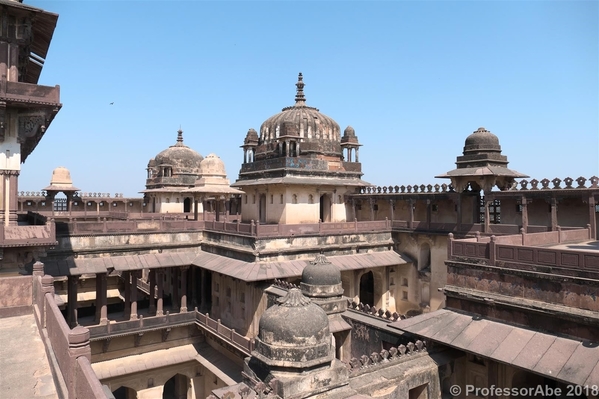
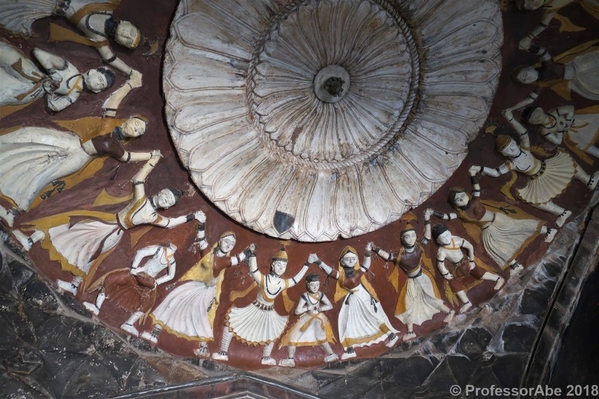
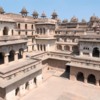


















Comments (2)